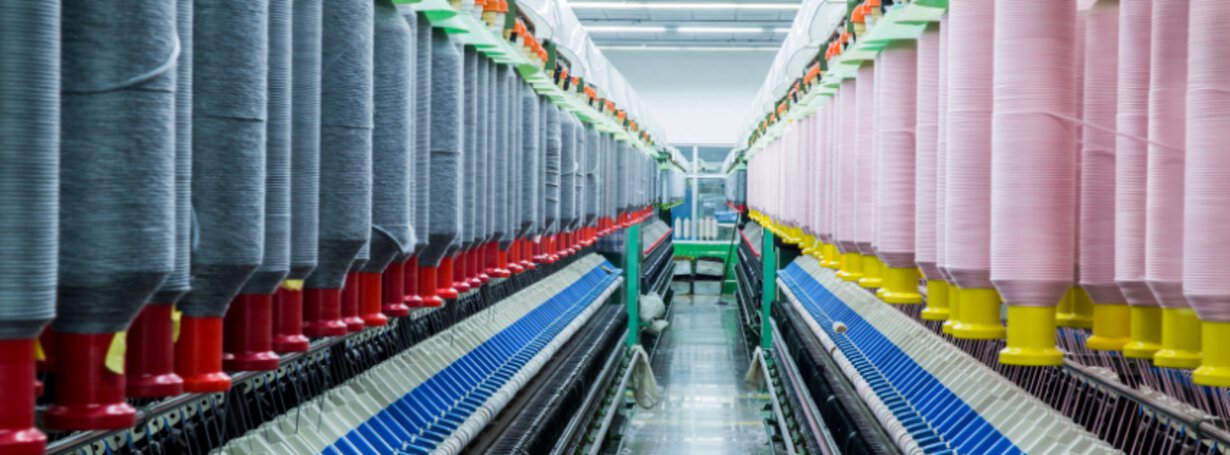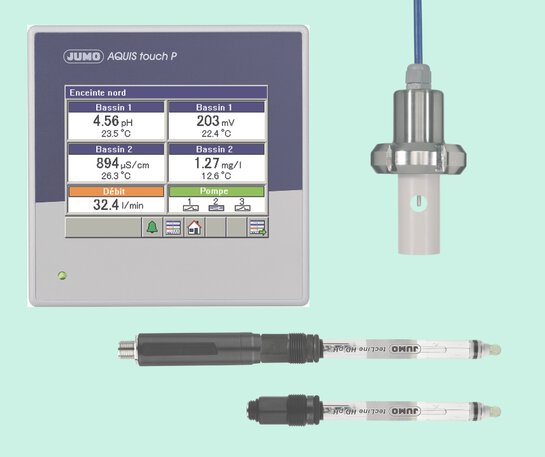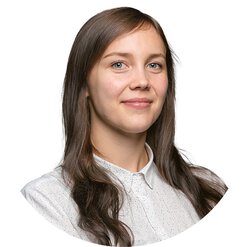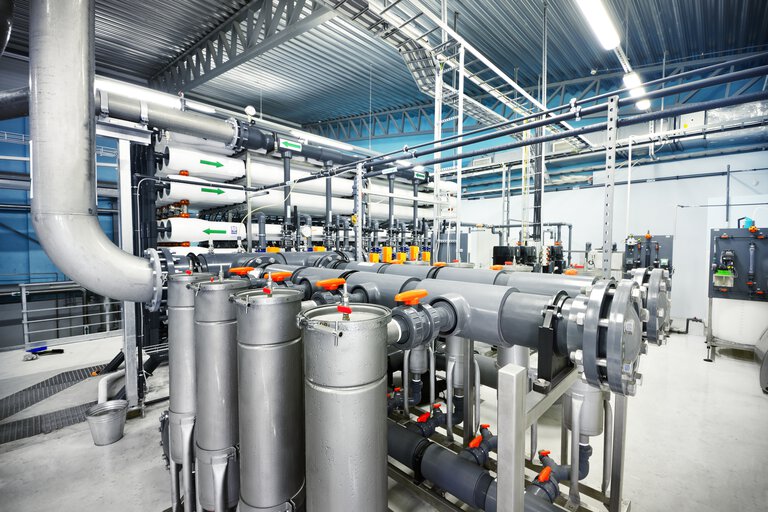

How to automate salinity and pH measurements in the textile industry? Case study
pH control is the cornerstone of successful textile dyeing - it affects colour uniformity, material durability and reduced production costs. Our experience shows that even small deviations in pH can lead to large colour differences, causing whole batches to be discarded and raw materials to be wasted. Despite this, many plants still use manual pH and salinity measurements, which not only slows down responses to process changes, but also increases the risk of human error. In response to these challenges, we have developed automated pH and conductivity monitoring systems that have changed the way textile mills work. In this case study, we will show how ongoing monitoring of these parameters has revolutionised processes at a leading textile manufacturer. We will explain why manual measurements sometimes prove insufficient, describe the automation solution we proposed and show what the customer gained from it. Read on!
What is the importance of a precise pH and salinity measurement system in the textile industry?
Precise control of pH and salinity is the basis for effective and environmentally friendly textile dyeing. With the right salt level, the dye is evenly distributed on the fabric, ensuring a perfectly uniform colour without spots or unevenness. On the other hand, the wrong salt concentration - either too little or too much - can lead to quality problems and even the need to reject entire batches of fabric.
However, that is not all. The right salinity speeds up the dyeing process and makes it more energy-efficient, which helps to reduce production costs. Precise measurements are also key to environmental protection. They enable factories to better control the amount of chemicals, including salt in wastewater, minimising the negative impact on the environment and meeting increasingly stringent environmental standards.
In short, accurate measurement of pH and salinity not only means better quality fabrics, but also a clear step towards sustainable and efficient textile production.
What are the limitations of manual salinity measurement in industrial dyeing? Customer challenge
Traditionally, the salinity of the dye bath was checked manually, which required time, experience and high precision on the part of the operator. Such a method was not only error-prone, but also did not allow for ongoing monitoring of changes during the process. This in turn made it difficult to maintain stable dyeing conditions and could affect the quality of the final product. That's why the customer decided to automate salinity measurement on the new machines to ensure full control over the process and at the same time increase repeatability and production efficiency.
How to automate pH and salinity measurement in dye machines? Our solution
In response to our customer's needs, we have developed an automated solution that eliminates the challenges of manual measurements by providing continuous pH and salinity monitoring in dyeing machines. The system integrates the tecLine Hd digital pH and tecLine Ci conductivity sensors with the Aquis Touch P panel liquid analysis transmitter.
A key component of the system is a salinity calculation method based on laboratory data. Based on tests we conducted in the customer's laboratory, we developed a precise correlation table between conductivity and salt concentration. The Aquis Touch P analyser uses this concentration table to provide current salinity calculations based on conductivity measurements. Testing under real dye conditions ensured the accuracy of the system at different temperatures and dye concentrations.
Our solution consists of:
- Aquis Touch P central monitoring unit for liquid analysis .
- TecLine Ci conductivity sensor for precise salinity measurement.
- tecLine Hd pH probes for continuous monitoring of the pH value.
- Dedicated cabling for reliable data transfer.
The system eliminates the need for manual sampling by monitoring pH and salinity levels in real time during the staining process.

Od lewej: wielokanałowy przetwornik do analizy cieczy JUMO AQUIS touch P (202580), indukcyjna sonda przewodności JUMO tecLine Ci-S (202942), na dole: przemysłowe elektrody pH JUMO tecLine HD (201021)
How has the automation of salinity and pH measurements improved the uniformity of fabric dyeing? Customer benefits
The new automated pH and salinity measurement system has significantly improved the fabric dyeing process. Continuous monitoring has resulted in uniform colour distribution across all batches of fabric. Problems of spotting and uneven dyeing, which had previously been a major challenge, have been eliminated.
The system provided three key benefits:
- Improved colour uniformity: The right concentration of salt allows even distribution of the dye through real-time monitoring.
- Higher energy efficiency: Optimised salt levels speed up the dyeing process and reduce energy consumption.
- Better environmental management: Accurate salinity control facilitates wastewater treatment.
The effect on production efficiency is evident. Automatic measurements have made the dyeing process more energy-efficient, as appropriate salt levels speed up dye absorption. Lower production costs and higher fabric quality are direct results of this improved process.
The automated system has also revolutionised waste water management. Customers can now minimise their environmental impact while meeting regulatory standards. Precise control of salt levels makes treatment processes more predictable and easier to manage. These effects show that automated measurement systems support modern textile manufacturers in achieving the highest quality, efficiency and sustainability. The solution proves that modern automation technologies make it possible to transform traditional dyeing methods into analytical processes that meet modern production requirements.
About the author
My name is Ewelina Szmit and I have been working in content marketing for several years, combining my professional skills with my passion for writing. I am convinced that even the most technical topics can be presented in an interesting and accessible way for everyone. Outside of work, I unleash my creativity by creating newspaper collages. I like to spend my free time being active, walking my dog or running.

Technical specialist
Katarzyna Tracz - Inside Sales Engineer +48 71 339 32 86 Katarzyna.Tracz@JUMO.net +48 71 339 32 86Comments
We encourage you to leave your comments via the form below. They will be posted online once they have been approved through our review process.


